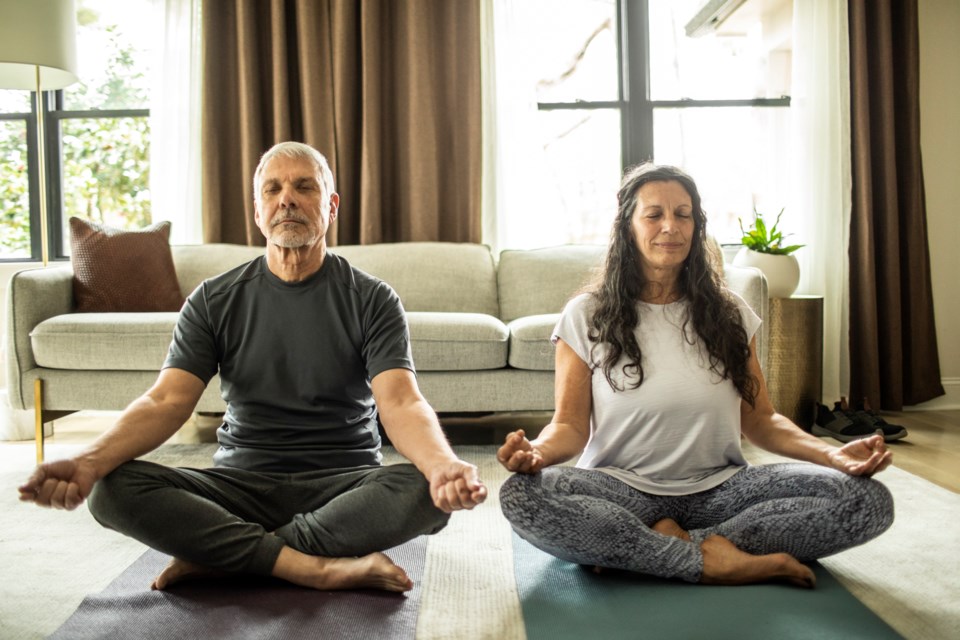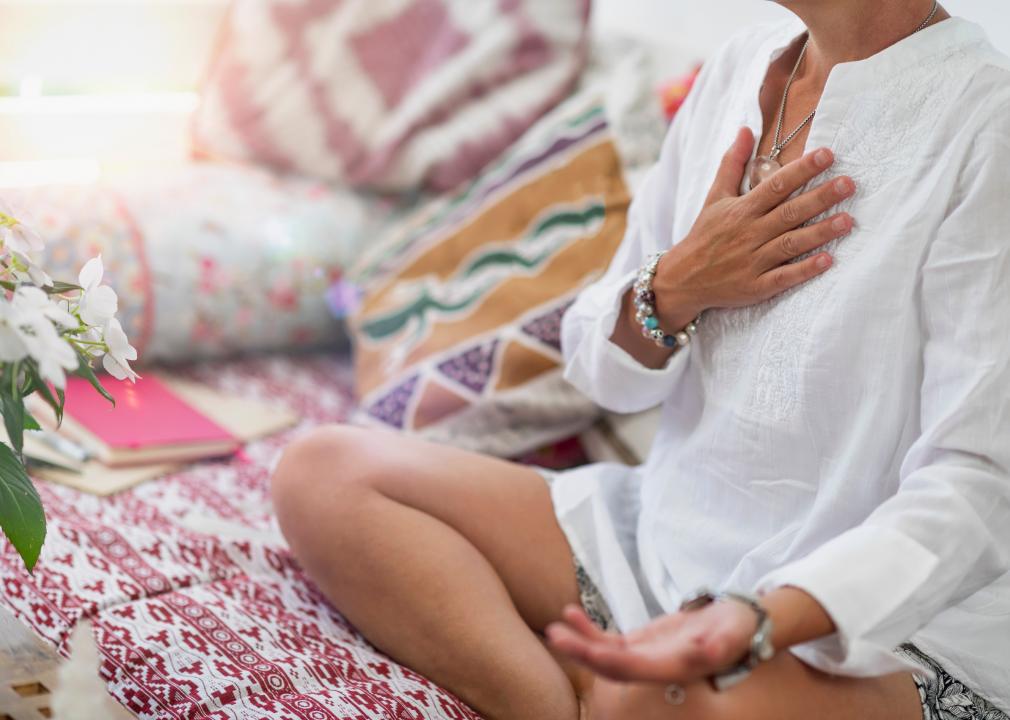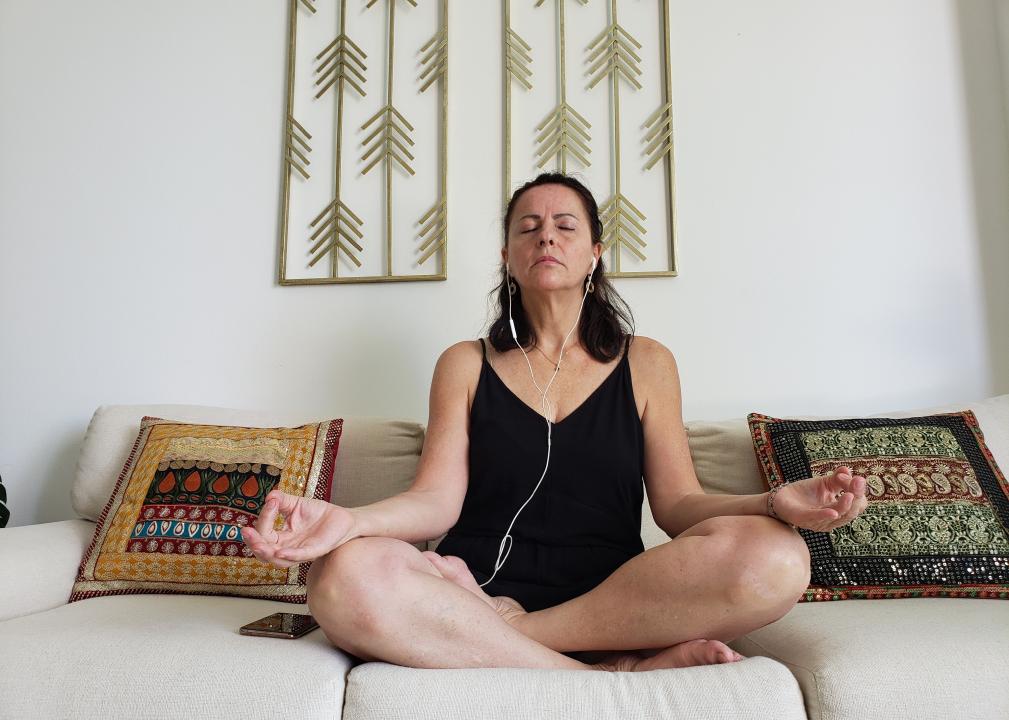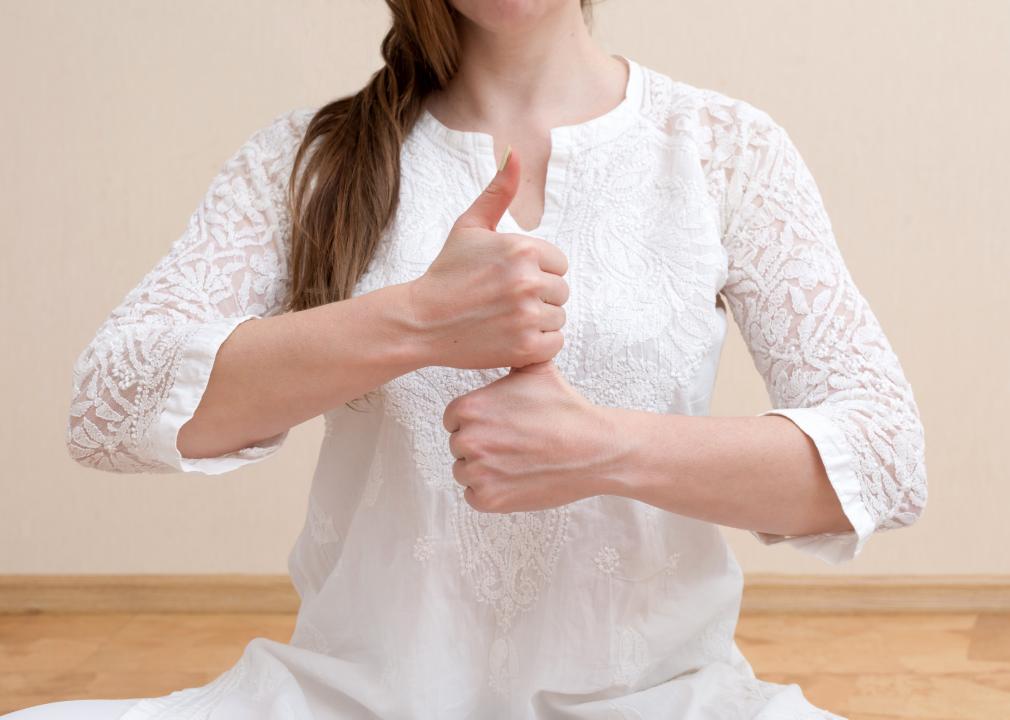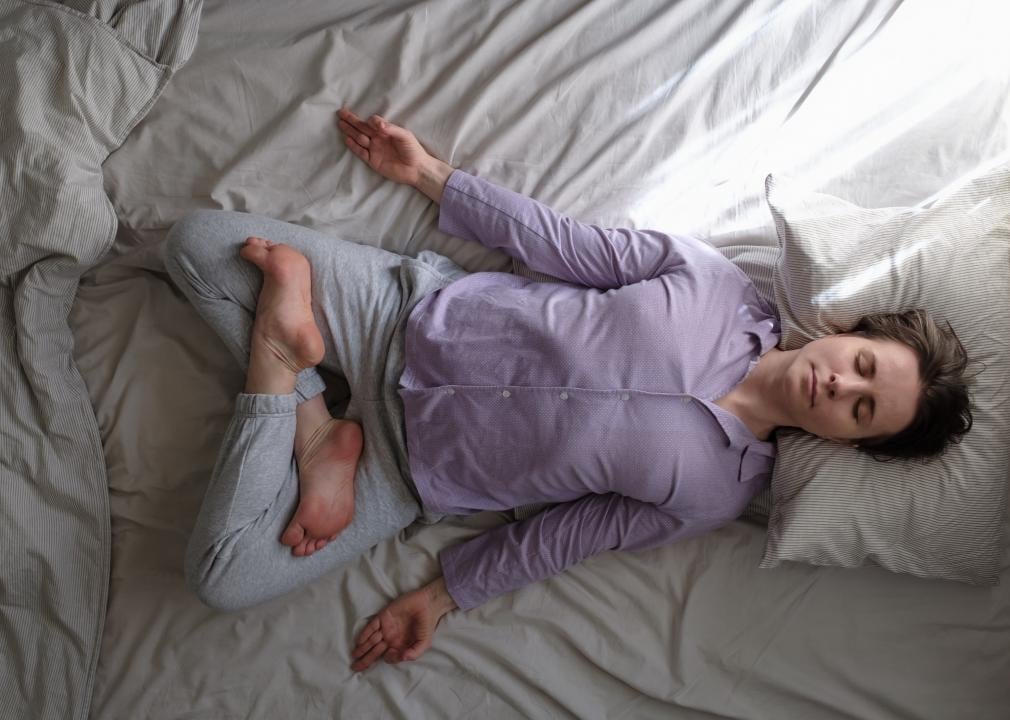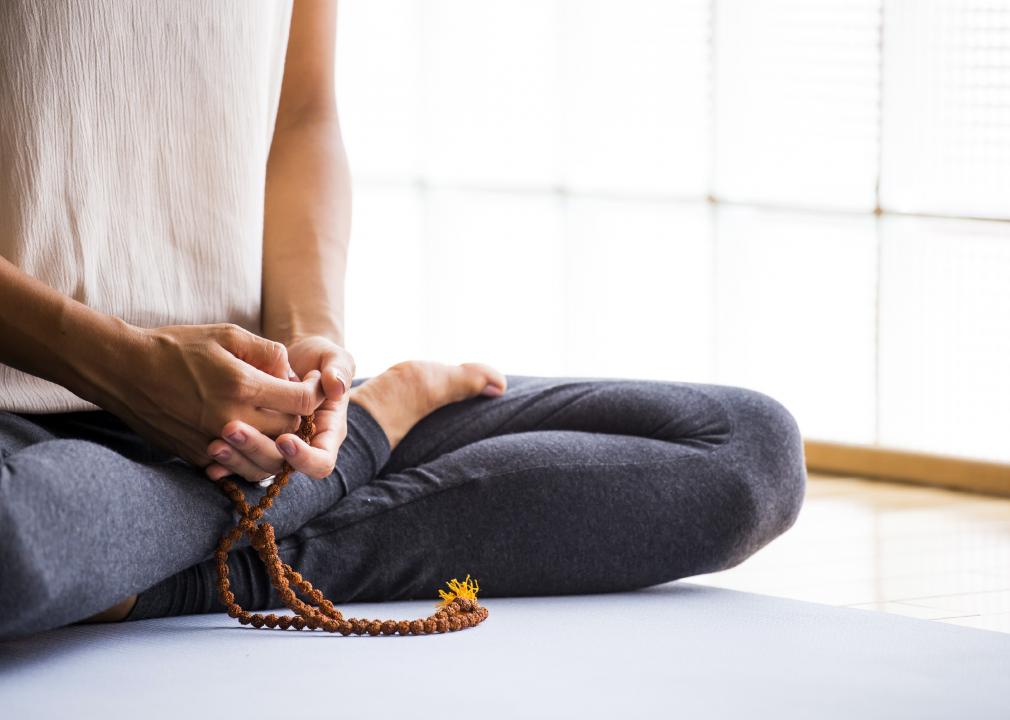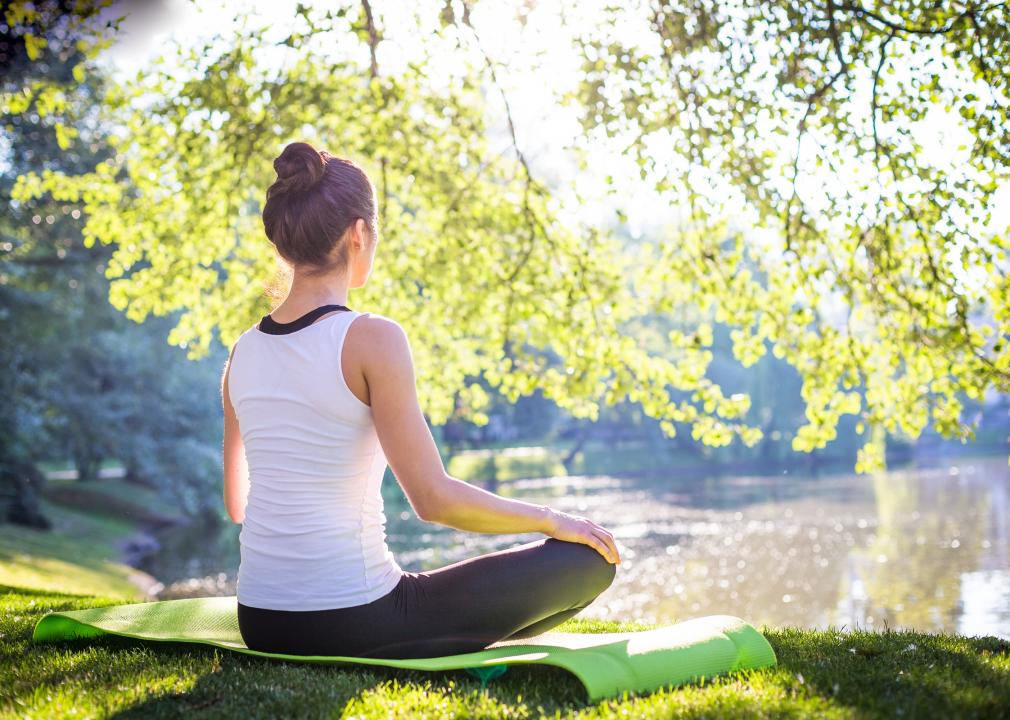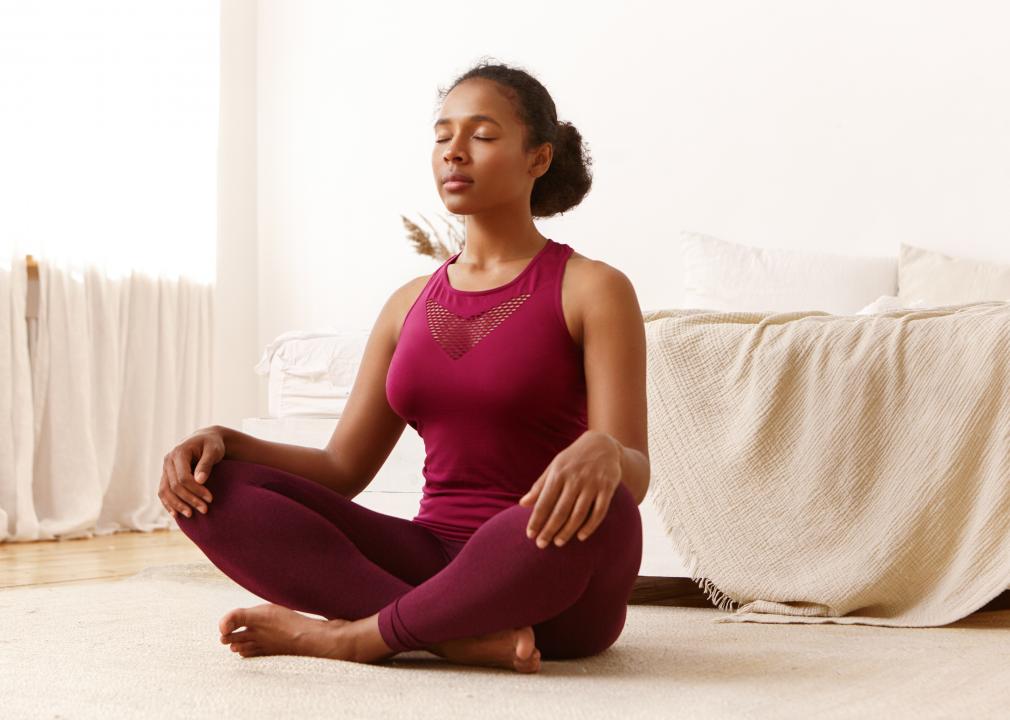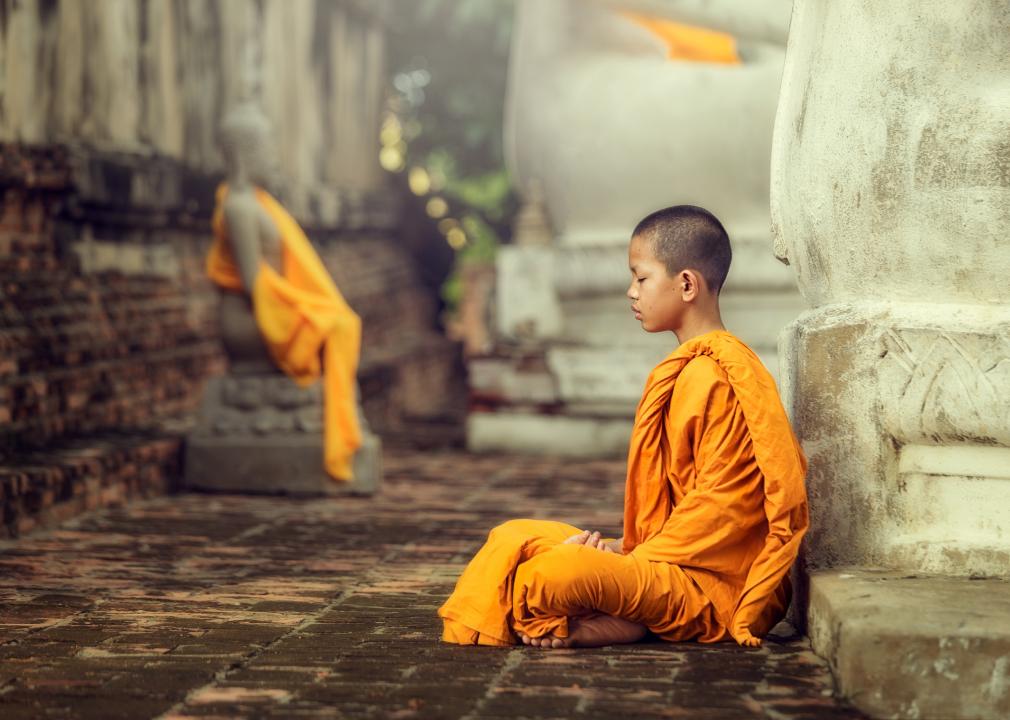Self-care can be a key strategy for getting through tough times, such as a global pandemic. Meditation is one practice that has been relied upon by people for centuries and across various cultures.
Sunday Citizen compiled a list of 10 different types of meditation, using information from health and wellness sites, research studies, and more. One thing to remember when beginning to practice meditation is that mastery is not necessary right away. If you don’t meditate, or only do so sporadically, any increase in frequency or duration could have a positive impact. Keep in mind, there is no one way to meditate.
Those who are a bit type A may have trouble slowing down—for them, a meditation practice like kundalini or tai chi that integrates movement may be the ticket. Other types demand quiet and sitting still. All forms of meditation have benefits for mental and physical health. For those who need guidance, there’s likely an app for that. Some are 100% free, while others may be subscription-based. Some apps don’t stop at meditation, but also offer tips and tools for other ways of self-care. You can even connect with a Japanese monk via Zoom for a meditation session.
Meditation may have started as early as 5000 B.C., but no matter how long, the practice has become more popular as people look for non-pharmaceutical ways to boost their mental health. Different variations on the practice have been developed throughout the world, including India, China, and Japan. Some are associated with spiritual practices including Hinduism, Taoism, and Buddhism, while others are secular.
Over time, more people were exposed to the practice via the publishing of books including “Siddhartha,” “The Tibetan Book of the Dead,” and “The Dharma Bums.” Researchers started exploring the impact of meditation on the brain in the ’50s. Beginning in the late ’70s, researchers noted that mindfulness meditation was an effective practice to help manage chronic disease. By the time Deepak Chopra opened his Center for Wellbeing in 1996, meditation was becoming mainstream.
fizkes // Shutterstock
Mindfulness
Jon Kabat-Zinn created his Mindfulness-Based Stress Reduction program in 1979, making this type of meditation one of the newer options available. Because the tactics of the program were adopted outside of the meditation world by therapists and medical professionals, it is one of the more well-known options. By focusing on the present, instead of spiralling into thoughts about the past or future, people who utilize this technique can manage anxiety and concentration virtually anywhere, anytime.
Microgen // Shutterstock
Loving-kindness aka Metta
Anyone who’s ever dealt with anger or resentment may benefit from this practice, which focuses on compassion for and acceptance of self, and then people and/or situations outside of ourselves, including (and sometimes especially) those that aggravate or hurt us. The idea is that until we love ourselves, we can’t extend love to others. This type of meditation can also help with anxiety and PTSD.
LOLA61 // Shutterstock
Guided
Even though this practice necessitates a guide, apps and the advent of video calls have made guided meditation available to almost anyone, anytime, via both live sessions and recordings. Anxiety, depression, pain, and insomnia are just a few of the conditions that can be helped via this practice.
insta_photos // Shutterstock
Movement
Perfect for those who struggle to sit still, this type of meditation uses movement—yoga, tai chi, gi gong, kundalini, and others—to calm the mind. The practice doesn’t require being solitary, and it is often experienced in a group setting. With the recent popularity of Zoom classes, people can join others from their own homes or a community space.
Alla - Din // Shutterstock
Kundalini
Because there are poses and mantras to learn for this practice, you’ll want training at first, but once you know the basics, you can use kundalini to manage stress and boost body awareness, in addition to getting stronger and minimizing pain.
Koldunov // Shutterstock
Body scan
Those who struggle with sleep might want to try this practice, which involves scanning the body for areas of stress or pain. Intentionally tensing those parts, then releasing the stress, is often part of the experience.
Luna Vandoorne // Shutterstock
Focused
Because this practice asks that we focus on something external—breath, sounds, mala beads, or something else—rather than trying to empty our minds, this can be an effective option for those experiencing “monkey mind,” a Buddhist term that describes restlessness or confusion. Success begins with short sessions whenever you have time, making this type of meditation perfect for busy lives.
lkoimages // Shutterstock
Visualization
Picturing an intended result—peaceful scenes to create calm or success in a specific situation—is one possible focus of visualization. Beyond visuals, this practice can include integrating all five senses.
Anatoliy Karlyuk // Shutterstock
Mantra
Who hasn’t heard the word “om,” even if you don’t meditate? This practice, which has Hindu and Buddhist origins, uses words or phrases to focus attention. Because of the auditory component, this is likely a type of meditation you’ll do in privacy (though it is done in classes, too), making it a practice you can commit to daily at no cost.
SantiPhotoSS // Shutterstock
Vipassana
Because this type of meditation requires participants to remain silent for 10 days, using body scans to stay focused and ignore pain, it requires a much higher level of commitment than others. The benefits of the practice were explored in the documentary “The Dhamma Brothers.” The film shows how this practice helped incarcerated men at a high-security facility in Alabama face their trauma and past actions. Others have used the practice to help with recovery from substance abuse.
This story originally appeared on Sunday Citizen and was produced and distributed in partnership with Stacker Studio.

